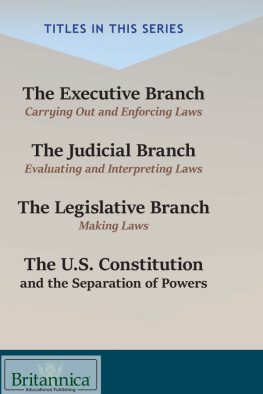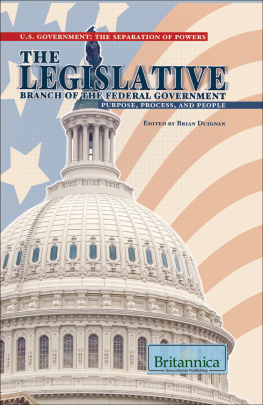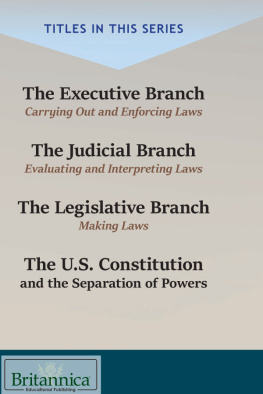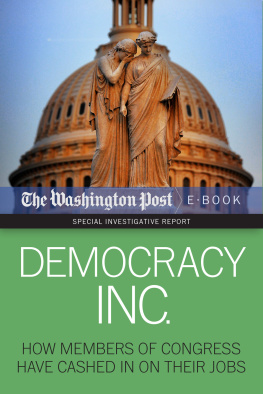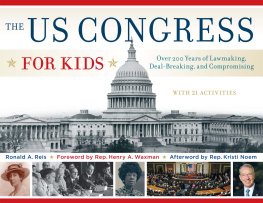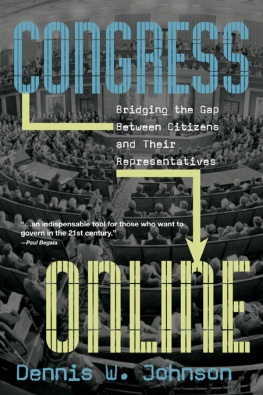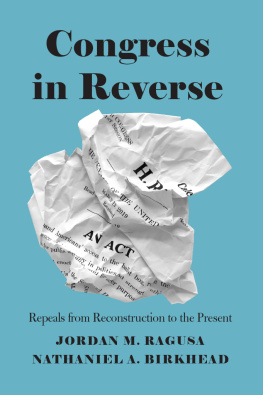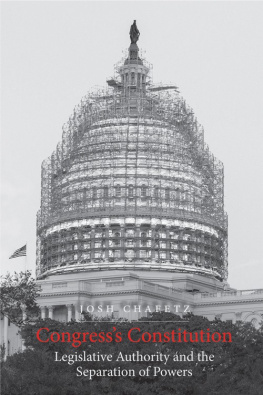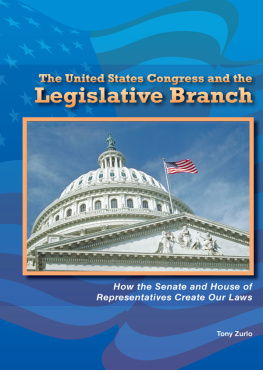
Published in 2019 by Britannica Educational Publishing (a trademark of Encyclopdia Britannica, Inc.) in association with The Rosen Publishing Group, Inc.
29 East 21st Street, New York, NY 10010
Copyright 2019 by Encyclopdia Britannica, Inc. Britannica, Encyclopdia Britannica, and the Thistle logo are registered trademarks of Encyclopdia Britannica, Inc. All rights reserved.
Rosen Publishing materials copyright 2019 The Rosen Publishing Group, Inc. All rights reserved.
Distributed exclusively by Rosen Publishing.
To see additional Britannica Educational Publishing titles, go to rosenpublishing.com.
Britannica Educational Publishing
J.E. Luebering: Executive Director, Core Editorial
Andrea R. Field: Managing Editor, Comptons by Britannica
Rosen Publishing
Carolyn DeCarlo: Editor
Nelson S: Art Director
Brian Garvey: Series Designer/Book Layout
Cindy Reiman: Photography Manager
Bruce Donnola: Photo Researcher
Library of Congress Cataloging-in-Publication Data
Names: Duignan, Brian, editor. | DeCarlo, Carolyn, editor.
Title: The legislative branch : making laws / edited by Brian Duignan and Carolyn DeCarlo.
Description: New York : Britannica Educational Publishing, in Association with Rosen Educational Services, 2019. | Series: Checks and balances in the U.S. government | Includes bibliographical references and index. | Audience: Grades 7-12.
Identifiers: LCCN 2017059716| ISBN 9781538301722 (ebook)
Subjects: LCSH: United States. CongressJuvenile literature. | Legislative powerUnited StatesJuvenile literature. | LegislationUnited StatesJuvenile literature.
Classification: LCC JK1025 .L44 2019 | DDC 328.73dc23
LC record available at https://lccn.loc.gov/2017059716
Manufactured in the United States of America
Photo credits: Cover, p. 1 Alex Wong/Getty Images (Congress), Lightspring/Shutterstock.com (scale), iStockphoto.com/arsenisspyros (capitol); p. 5 MedioImages/Getty Images; p. 6 Riverside County Registrar/KRT/Newscom; p. 9 Library of Congress, Washington, D.C. (digital file no. 3g07216); p. 16 Library of Congress, Washington, D.C. (LC-USZC4-10297); p. 18 Win McNamee/Getty Images; p. 20 Karl Gehring/Denver Post/Getty Images; p. 22 Library of Congress, Washington, D.C. (neg. no. lc-usz61-269); pp. 26, 95 Bettmann/Getty Images; p. 29 Visions of America/Universal Images Group/Getty Images; pp. 30, 77, 107 Encyclopaedia Britannica; p. 32 Architect of the Capitol; p. 37 The Washington Post/Getty Images; p. 38 AP Images; p. 41 Lawrence Jackson Official White House Photo; pp. 45, 89 Hulton Archive/Getty Images; p. 48 Harris & Ewing Collection/Library of Congress, Washington, D.C. (LC-DIG-hec-22504); p. 51 U.S. Senate Photo Studio; p. 56 Dave Newman/Fotolia; p. 60 Mike Criss; p. 64 Chuck Kennedy - Official White House Photo; p. 67 Peter Souza - Official White House Photo; pp. 75, 86, 103 Library of Congress, Washington, D.C.; p. 91 MPI/Archive Photos/Getty Images; p. 105 Tim Ross; p. 111 Library of Congress Prints and Photographs Division Washington, D.C. 20540 USA.
CONTENTS
T he characteristic function of all legislatures is the making of law. In most political systems, however, legislatures also have other tasks, such as selecting and criticizing the government, supervising administration, appropriating funds, ratifying treaties, impeaching officials of the executive and judicial branches of government, accepting or refusing executive nominations, determining election procedures, and conducting public hearings on petitions. Legislatures, then, are not simply lawmaking bodies. Neither do they monopolize the function of making law. In most systems, the executive has a power of veto over legislation, and, even where this is lacking, the executive may exercise original or delegated powers of legislation. Judges, also, often share in the lawmaking process through the interpretation and application of statutes or, as in the U.S. system, by means of judicial review of legislation. Similarly, administrative officials exercise quasi-legislative powers in making rules and deciding cases that come before administrative tribunals.
A legislature may be unicameral, with one chamber, or bicameral, with two chambers. Unicameral legislatures are typical in small countries with unitary systems of governmenti.e., systems in which local or regional governments may exist but in which the central government retains ultimate sovereignty. Federal states, in which the central government shares sovereignty with local or regional governments, usually have bicameral legislatures, with one house representing the main territorial subdivisions. The United States is a classic example of a federal system with a bicameral legislation: the U.S. Congress consists of a House of Representatives, whose members are elected from single-member districts of approximately equal population, and a Senate, consisting of two persons from each state elected by the voters of that state. The fact that all states are represented equally in the Senate regardless of their size reflects the federal character of the American union.

The west front of the U.S. Capitol building, Washington, D.C., where both houses of the U.S. Congress convene.
A unitary system of government does not necessarily imply unicameralism. In fact, the legislatures of most countries with unitary systems are bicameral, though one chamber is usually more powerful than the other. The United Kingdom, for example, has a unitary system with a bicameral legislature, which consists of the House of Lords and the House of Commons. Although in the United States all fifty states except Nebraska have bicameral legislatures, their governmental systems are unitary. In the forty-nine U.S. states with bicameral legislatures, the two houses have equal legislative authority, but the so-called upper housesusually called senateshave the special function of confirming the governors appointments. The procedures of the U.S. House of Representatives, which derive from a manual of procedure written by Thomas Jefferson, are among the most elaborate of parliamentary rules.
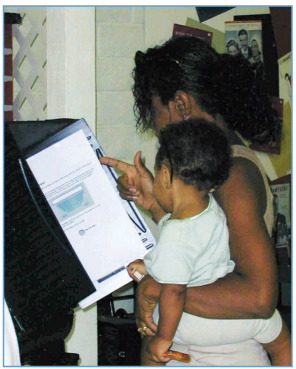
A woman with her child uses an electronic voting system to exercise her right to vote in California.
Voting procedures range from state to state; a popular method is the electronic voting methods employed in the California legislature and in some other states. Another point of difference among legislatures concerns their presiding officers. These are sometimes officials who stand above party and exercise a neutral function as parliamentary umpires; sometimes they are the leaders of the majority party and, like the speaker of the U.S. House of Representatives, major political figures; and sometimes they are officials who, like the vice president of the United States in his role as presiding officer of the Senate, exercise a vote to break ties and otherwise perform mainly ceremonial functions.
Likewise, legislative parties are of various types and play a number of roles or functions. In the U.S. House of Representatives, for example, the party is responsible for assigning members to all standing committees; the party leadership fills the major parliamentary offices, and the party membership on committees reflects the proportion of seats held by the party in the House as a whole. The congressional party, however, is not disciplined to the degree found in British and some other European legislative parties, and there are relatively few party line votes in which all the members of one party vote against all the members of the other party.

